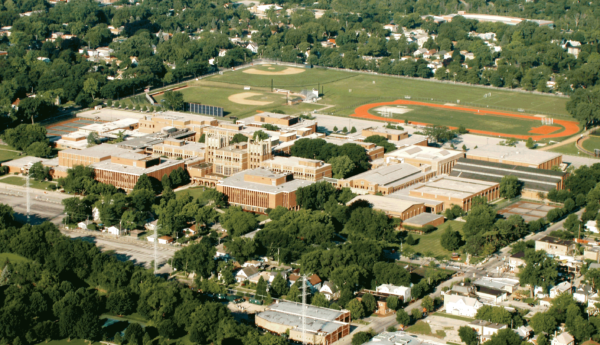
EEA quickly prepared phased drawings and specifications for the project meeting the requested timeline and budget. EEA developed an alternative solution utilizing lime stabilization that ultimately reduced the cost to $80,000, saving more than tw0-thirds of the original estimate.įollowing the work on the fields, EEA was asked to assist with the detailed design of the school’s stadium beginning in mid-March of 2008. Several feet of unusable soil was located in the old stadium area, and excavation costs were estimated at $300,000. The City of Evanston recognized the long-term advantages of this unique system for both stormwater detention and water-quality regulations.ĮEA was also asked to solve soil condition issues. The system’s benefits extended beyond reusing rainwater for irrigation and storing stormwater, it also reduced runoff to the school’s adjacent neighbors with a history of localized flooding. The stored water is then pumped through a network of pipes and sprinklers.

To meet these needs, EEA facilitated the installation of a new fully-automated irrigation system to collect the runoff from beneath the new synthetic turf fields and route it to an underground storage tank system.

The school wanted to reduce their reliance on City water for irrigation, while improving the existing system that utilized host connects. While working on the stadium field improvements, EEA encountered unique design challenges as noted in an article by Stormwater Magazine. Evanston Township High District 202 sought improvements to its more than 60-acre campus, including the design of a new sports stadium and synthetic turf surfaces for existing football and soccer fields.ĮEA was brought in by OWP/P Architects (now Cannon Design) to assist with planning and design of the site’s athletic facilities.


 0 kommentar(er)
0 kommentar(er)
